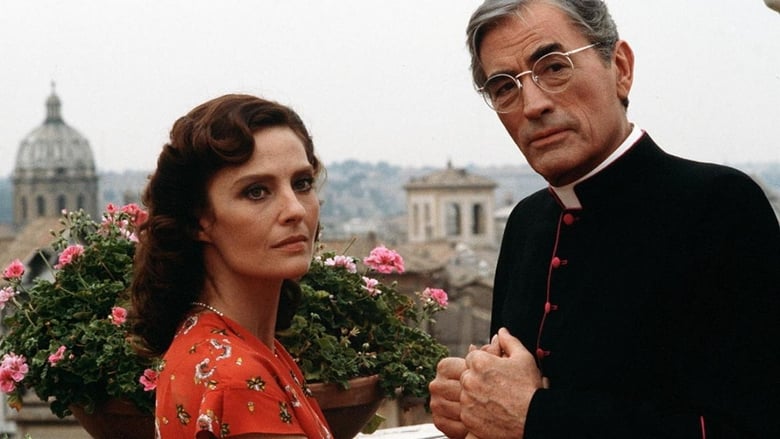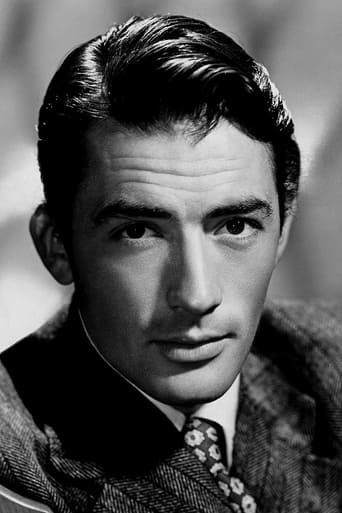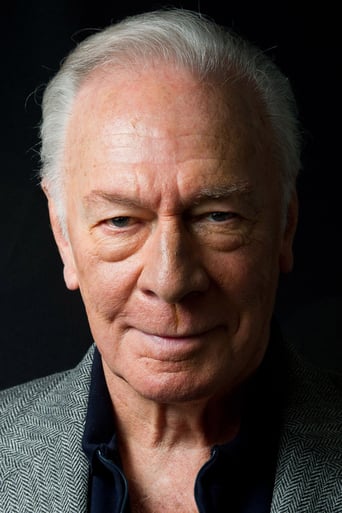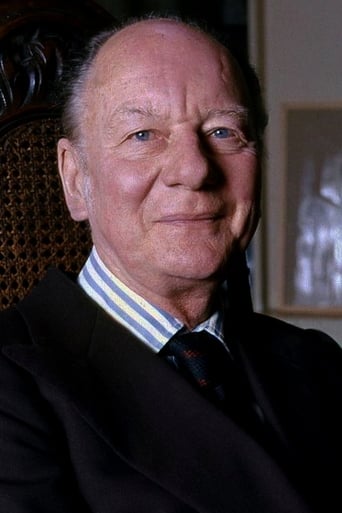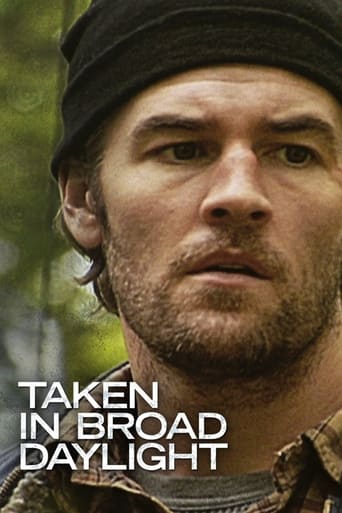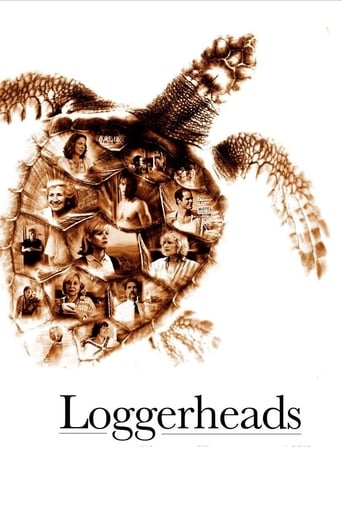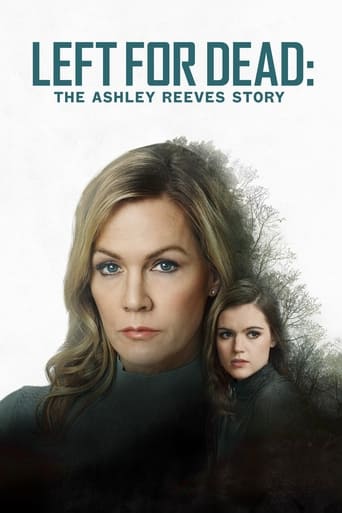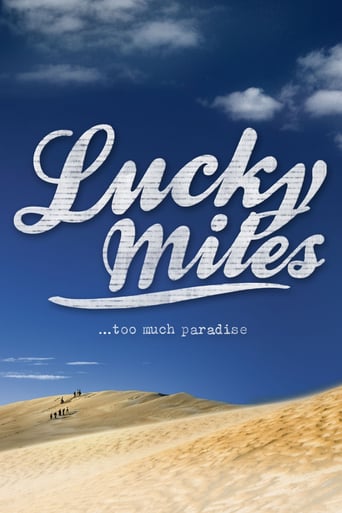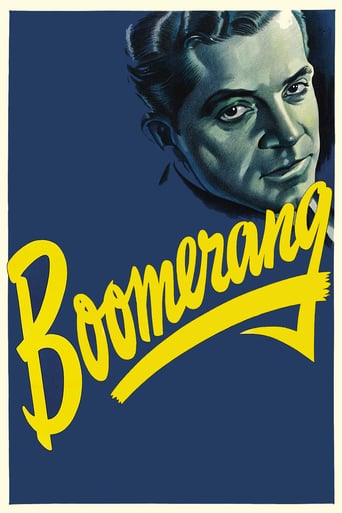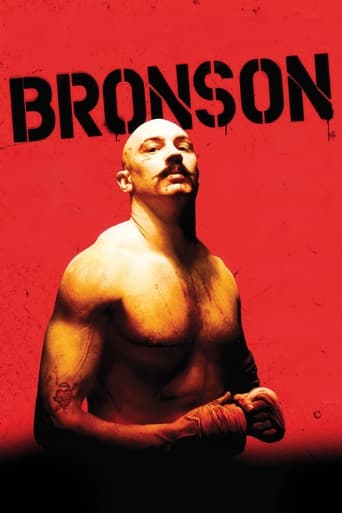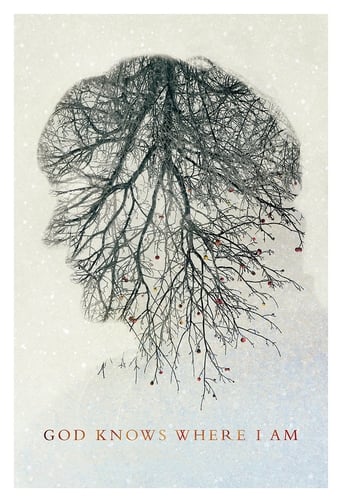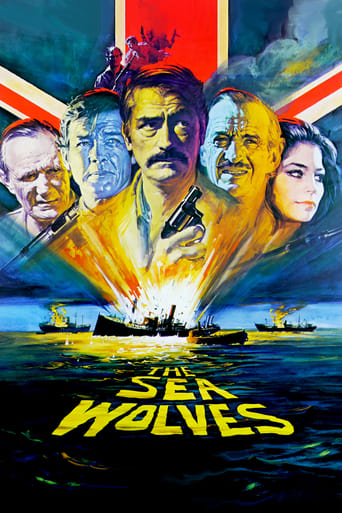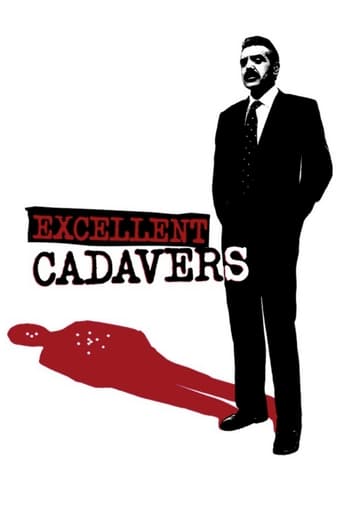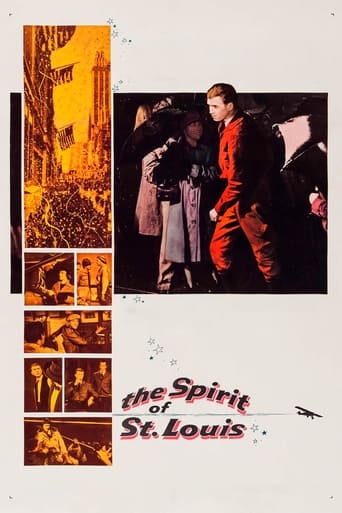The Scarlet and the Black (1983)
Fr. Hugh O'Flaherty is a Vatican official in 1943-45 who has been hiding downed pilots, escaped prisoners of war, and Italian resistance families. His activities become so large that the Nazis decide to assassinate him the next time he leaves the Vatican.
Watch Trailer
Free Trial Channels
Cast


Similar titles
Reviews
You won't be disappointed!
Watch something else. There are very few redeeming qualities to this film.
Tells a fascinating and unsettling true story, and does so well, without pretending to have all the answers.
This is one of the best movies I’ve seen in a very long time. You have to go and see this on the big screen.
As it is, this tv movie is two and a half hours, but it could have easily been stretched out and doubled its running time. The Scarlet and the Black is such a fascinating story, and it's also based on a true one. The end of the movie is not the end of the true story, and if you look up the facts afterwards, you'll wish the movie continued documenting the remaining decades of what happened! But no spoilers here, don't worry.Bless his heart, but Gregory Peck just can't do accents. He plays an Irish priest, but you'll just have to forgive him his terrible attempt at an Irish accent; if you don't, you might not make it through the movie. Everything else in the film is fantastic, though, so I recommend you forgive him. His character is an active participant in the Italian Resistance in Nazi-occupied Rome. He smuggles refugees and prisoners of war out, but since he's such a big-wig in the religious community, Christopher Plummer, a big-wig in the Nazi community, can't arrest him. The film shows their struggle to outsmart each other, and the risks Greg takes to save lives, even when risking his own.My favorite scene in the film is so tense, I found myself actually nibbling on my fingernail until the scene was over. Christopher Plummer has threatened Gregory Peck with arrest should he cross a painted line on the street outside the Vatican. Chris stands in a neighboring window, watching, as Greg approaches the line. He aims a gun at Greg, and as Greg looks up and sees his nemesis, he maintains his eye contact as he paces back and forth parallel to the line, occasionally swinging his leg over the line to call Chris's bluff. It's a fantastic scene and a perfect representation of the rest of the film. Both leads-despite Greg's lack of accent-are wonderful. Up until recently, I haven't appreciated Christopher Plummer's acting talents, and this is one of the movies that helped me cross over. He's really wonderful in the role, extremely averse but somewhat amused and even admiring of Greg's tenacity, and strict but fearful for his family. I keep waiting for a remake of this movie, starring Tom Hanks and Christoph Waltz. Even if the remake started when this movie ended, there would be plenty of fascinating material to create an irresistible film. Until Hollywood decides to make a modern reboot, watch the original. It's really very good, and you can see a very handsome Christopher Plummer in his prime.
Many movies have been made about the Holocaust and other Nazi atrocities of World War II. But, only a few films have been made about the heroes of the pogrom. Yet, there were many thousands of non-combatants, civilians and religious, who hid Jews and helped them escape. Many also helped escaped POWs and downed Allied flyers. Poland was especially brutalized by the Nazis. Yet, it alone had more than 4,000 heroes of the Holocaust who have been named Righteous Among the Nations by Yad Vashem, the Israeli Holocaust memorial center in Jerusalem. Msgr. Hugh O'Flaherty may be the best known among Catholic clergy for his efforts – no doubt in some part due to Gregory Peck playing him in this 1983 movie for TV. The film is loaded with talented actors. O'Flaherty operated out of his office in the Vatican. He organized a network that helped 6,500 Jews and Allied escapees flee the Nazis. His nemesis, played by Christopher Plummer in this film, was SS Col. Herbert Kappler. Other leading roles were John Gielgud as Pope Pius XII and Raf Vallone as Father Vittorio. This movie is an excellent account of that true story. Only one aspect of the film isn't superb – the musical score. In some dramatic or suspenseful scenes, the music is terrible. Even with that, though, this is an excellent movie. The story is based on a 1983 book by J.P. Gallagher, "The Vatican Pimpernel." A new novel about Fr. O'Flaherty and his WW II rescue network just came out in 2012. "Hide & Seek: The Irish Priest in the Vatican who Defied the Nazi Command" was written by Stephen Walker. A few other excellent films tell the WW II stories of some clergy who were true heroes. A 1985 movie, "The Assisi Underground," is about a Franciscan Padre, Rufino Niccacci, who organized a massive network to hide Jews and help them escape. Many priests, nuns and lay people helped in this effort. Padre Rufino and Bishop Nicolini were named Righteous Among the Nations after the war by Yad Vashem. "Au Revoir Les Enfants' is a French movie made in 1987. It tells the story of Father Jacques de Jesus, a Carmelite headmaster of a boy's boarding school in Avon, France. Fr. Jacques hid Jewish boys among the students and put noted Jewish botanist Lucien Weil on the faculty. In 1985, Yad Vashem, honored the priest as one of the "Righteous Among the Nations." This film was made two years later by French filmmaker Louis Malle who had been a student under Fr. Jacques.In August of 2014, a movie was made about St. Maximillian Kolbe. He was a Polish priest who was sent to Auschwitz. Kolbe asked the commandant to take him in the place of a Jewish man who was to be killed. Kolbe died Aug. 14, 1941. Pope John Paul II canonized him a saint on Oct. 10, 1982, and the Jewish man whose life he saved was at Kolbe's canonization in Rome. There were many other clergy and religious heroes of WW II. Archbishop Giovanni Ferrofino was an Italian diplomat who helped save 10,000 Jews flee Nazi Europe. Mother Riccarda Beauchamp Hambrough was an English nun who hid 60 Jews in her cloister in Italy. But many stories may never be known, because so many Catholic Priests were killed by the Germans. In Dachau Concentration Camp, 2,600 Catholic priests from 24 different countries were killed. And, between 1939 and 1945, the Nazis killed an estimated 3,000 priests in Poland. Of those, 1,992 died in concentration camps. An interesting aspect of "The Scarlet and the Black" is the portrayal of Pope Pius XII as cautious about the church making overt steps to save Jews. That may be a fair and accurate depiction. The Pope wouldn't want to give the Nazis cause to invade the Vatican and imprison more clergy. In recent years, some critics have said Pius didn't help the Jews, or do enough to help them. But, post-war books and statements by escapees and Jewish leaders praised Pius for his discreet aid to Jews. When Pius died in 1958, the chief Rabbi of Rome, Elio Toaff, said "Jews will always remember what the Catholic Church did for them by order of the Pope during the Second World War."Indeed, in the early years of the war, Pope Pius was one of the few world leaders who took on Hitler and the Nazis. The New York Times, on Christmas Day 1941, carried an editorial that praised his efforts. "The voice of Pius XII is a lonely voice in the silence and darkness enveloping Europe this Christmas." The following year, Christmas of 1942, The Times again praised Pius in an editorial: "This Christmas more than ever he is a lonely voice crying out of the silence of a continent."Since then, The Times has admitted to criticism that it hid news coverage or played down reports about the Holocaust during the war. Between 1939 and 1945, the paper ran 23,000 front-page stories. Of those, 11,500 were about the war. Only 26 were about the Holocaust. Most mentions of death camps, Nazi atrocities or persecution of the Jews were buried inside the paper. In 1996, The Times said that criticism of its reporting of the holocaust is valid. An irony in this is that during World War II, the owner and publisher of The New York Times was Arthur Hays Sulzberger, a Jew.
What can I say about this story?Not enough!This story could have easily been made into a major motion picture.I am glad that it was made for television because then it wasn't perverted by George Clooney or Jessica Lange with filthy language,nudity and bad acting.Gregory Peck played the part of the Roman Catholic priest just right.Christopher Plummer as the Nazi officer who comes to Rome and the Vatican because he has the bizarre idea that he and Hitler own them was amazing.Christophe Plummer and Gregory Peck were the perfect duo of older talented actors to play off against one another as the good priest a man of God against the bad Nazi a man whose two gods are Satan and Hitler.I was transfixed the minute I started watching this movie so many years ago.I liked the music with the percussion in parts of the movie.Quite a good effect.Check this one out if you are looking for a good story that is based on actual incidents.I have this movie on DVD.
Remember Henry II's oblique wish about his former friend Thomas Becket which got carried out? Christopher Plummer tried more explicit methods to get rid of his meddlesome priest all without success.Although Monsignor Hugh O'Flaherty, an Irish national attached to the Vatican staff, was providing aid to refugees of all kinds from the Nazis before, this film covers a period between September of 1943 and June 5, 1944 when Mark Clark and the Fifth American Army liberated Rome. Gregory Peck plays the resourceful monsignor who's got a whole bag of tricks from the land of leprechauns to outwit the Nazis. He develops quite a network of people who house escaped prisoners. When Italy threw out Mussolini and switched sides in World War II, a whole lot of Allied prisoners were freed and roaming the countryside. You might remember the novel and film Von Ryan's Express which detailed that phenomenon. The word got out if you could make your way to the Vatican, Monsignor O'Flaherty could help.What I like about The Scarlet and the Black is the fact that Peck's chief antagonist Christopher Plummer is shown as a three dimensional character. We see him as the ruthless Nazi who dogs Peck and his operation every step of the way. We also see him as father and husband who's enjoying Christmas in Rome with his family and also acting like any other tourist taking the family to see the sights of the Eternal City. Peck and Plummer are a pair of well matched antagonists. Presiding over it all is John Gielgud as Pius XII. The criticisms I have of Pius occur before he reached the Papacy in 1939. At the point in time that The Scarlet and Black is taking place, there was very little he or anyone else as Pope could have done. He feared, probably with good reason, an Avignon captivity situation for the Papacy if he appeared to be overtly pro-Ally. And of course the Soviet Union which was his big fear was an Ally.I would recommend watching this film about a good man who happened to be a priest who stepped up to the plate when no one would and fulfilled a great need. A whole lot of lives were saved because of him.


